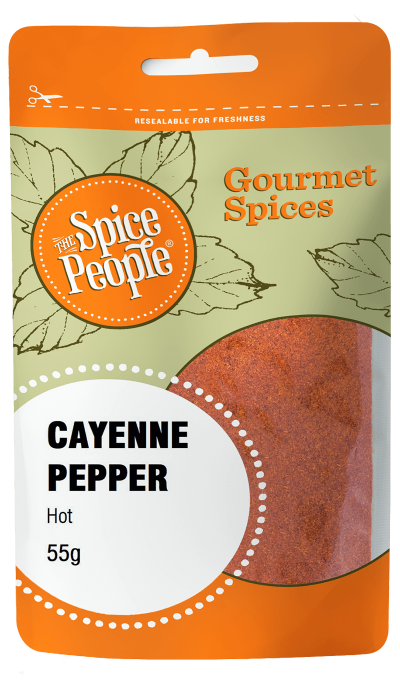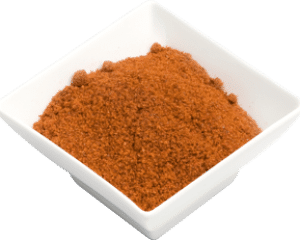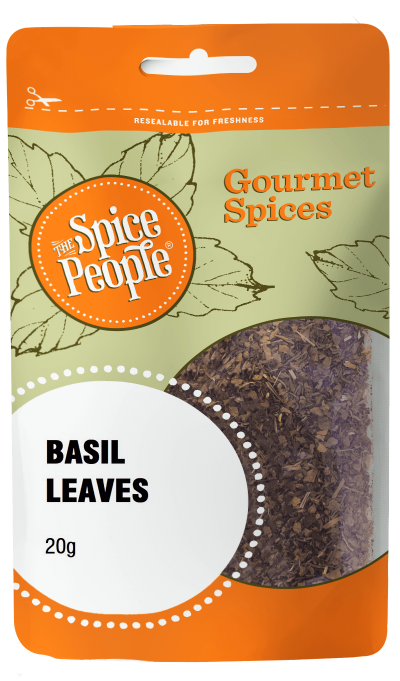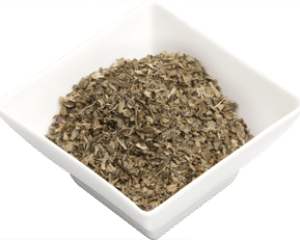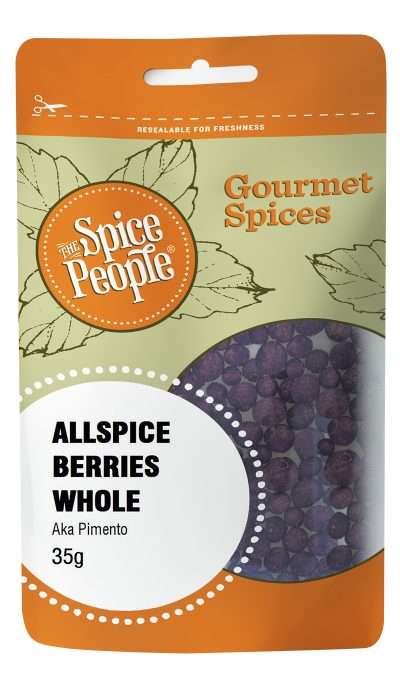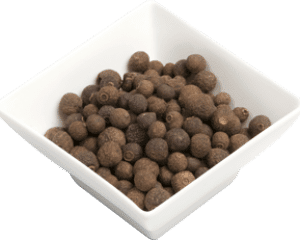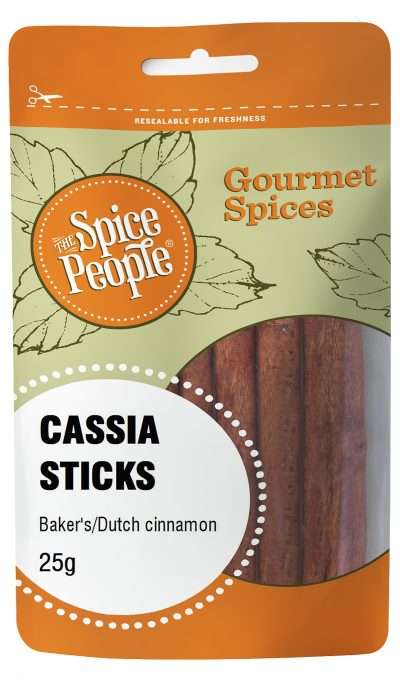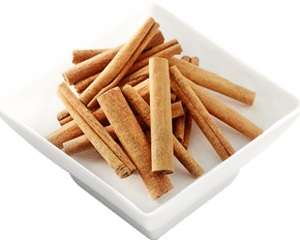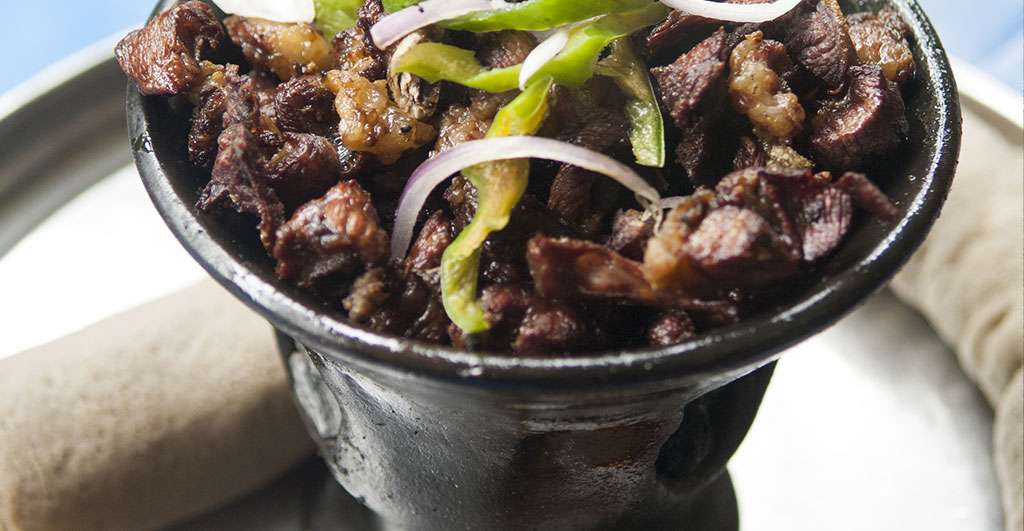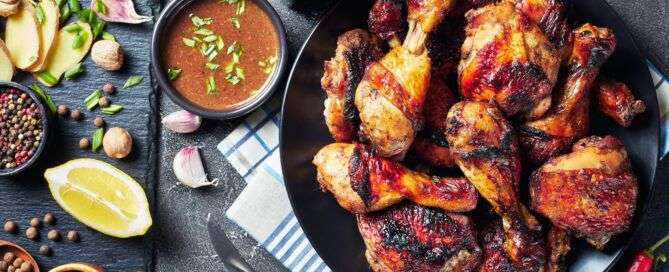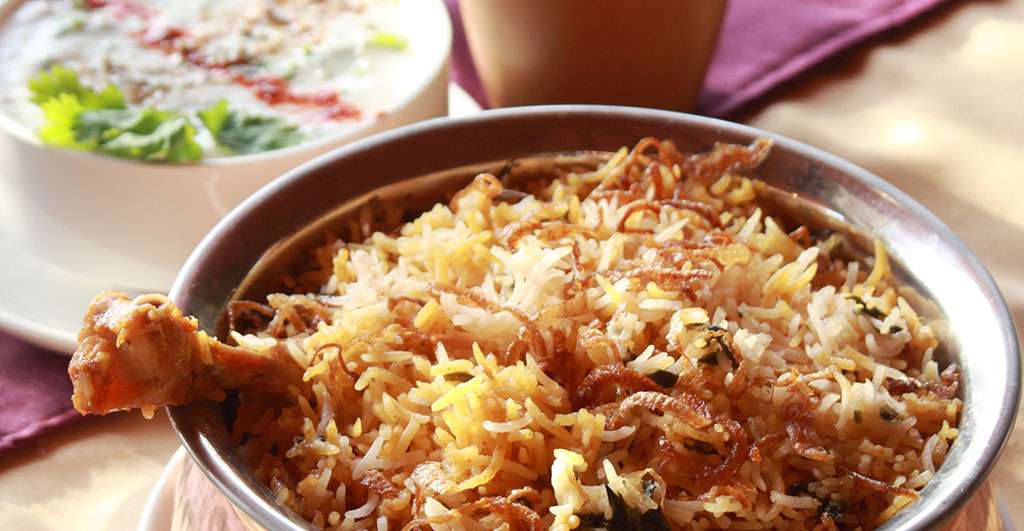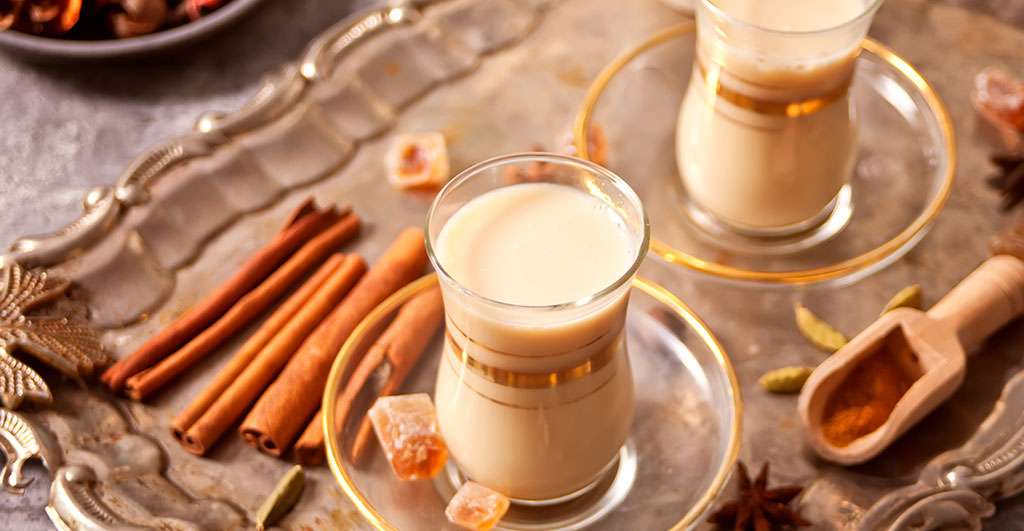Seaweed Salt Seasoning with Australian Native Herbs – 80g
14 in stock
Product description
We have revamped our seaweed salt and infused it with some fantastic Australian native herbs to give you the ultimate Australian culinary experience. Our wakame seaweed is wild craft harvested on the Tasmanian coastline and air dried to retain its full flavour. Our Australian sea salt is harvested from the Australian coastline and is unrefined and unbleached so it retains all the essential nutrients. The native thyme and salt bush are hand harvested in central Australia. Our super native Australian Seaweed salt blend is the perfect seasoning for any dish to reduce actual salt consumed but to add a concentrated “salty umami” flavour.
Flavour Notes:
Our supercharged seaweed salt blend can be used anywhere you traditionally season your food with salt. It adds a salty, savoury, umami flavour to dishes.
Culinary Notes:
We find this seasoning a perfect partner for eggs, steak, chicken, fish and grilling vegetables. It really is a versatile and essential item to any pantry.
Health Benefits:
The benefits of seaweed to reduce salt intake in your diet are well researched with the U.K. leading the way in commercial manufacturing to reduce sodium in processed foods by substituting seaweed.
Ingredients:
Made from imported and local spices:
Australian salt, seaweed, onion, garlic, Australian native saltbush, Australian native thyme, oregano, and black pepper.
How to use
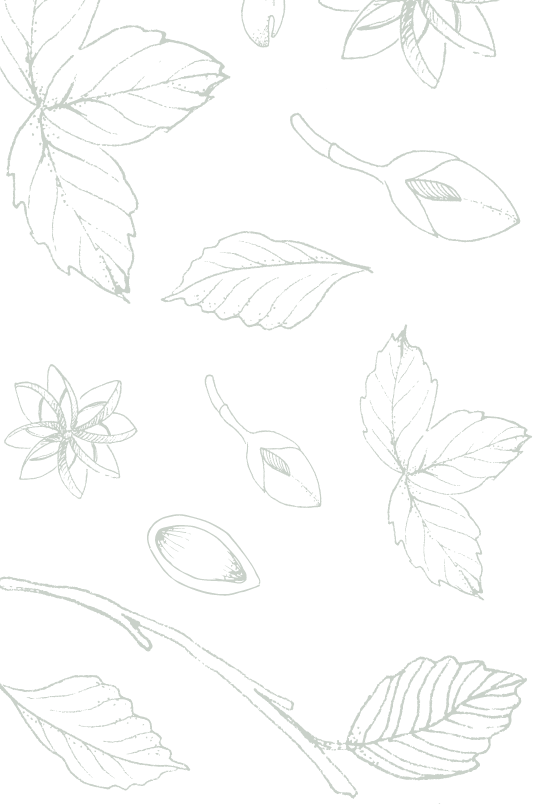
The Spice People FAQs


The Spice People FAQs

Other Spices you may like
Featured in



Join the Spice People to Get Started on Your Culinary Spice Journey!
Be the first to hear about our exclusive promotions, new product releases, recipes and more.






